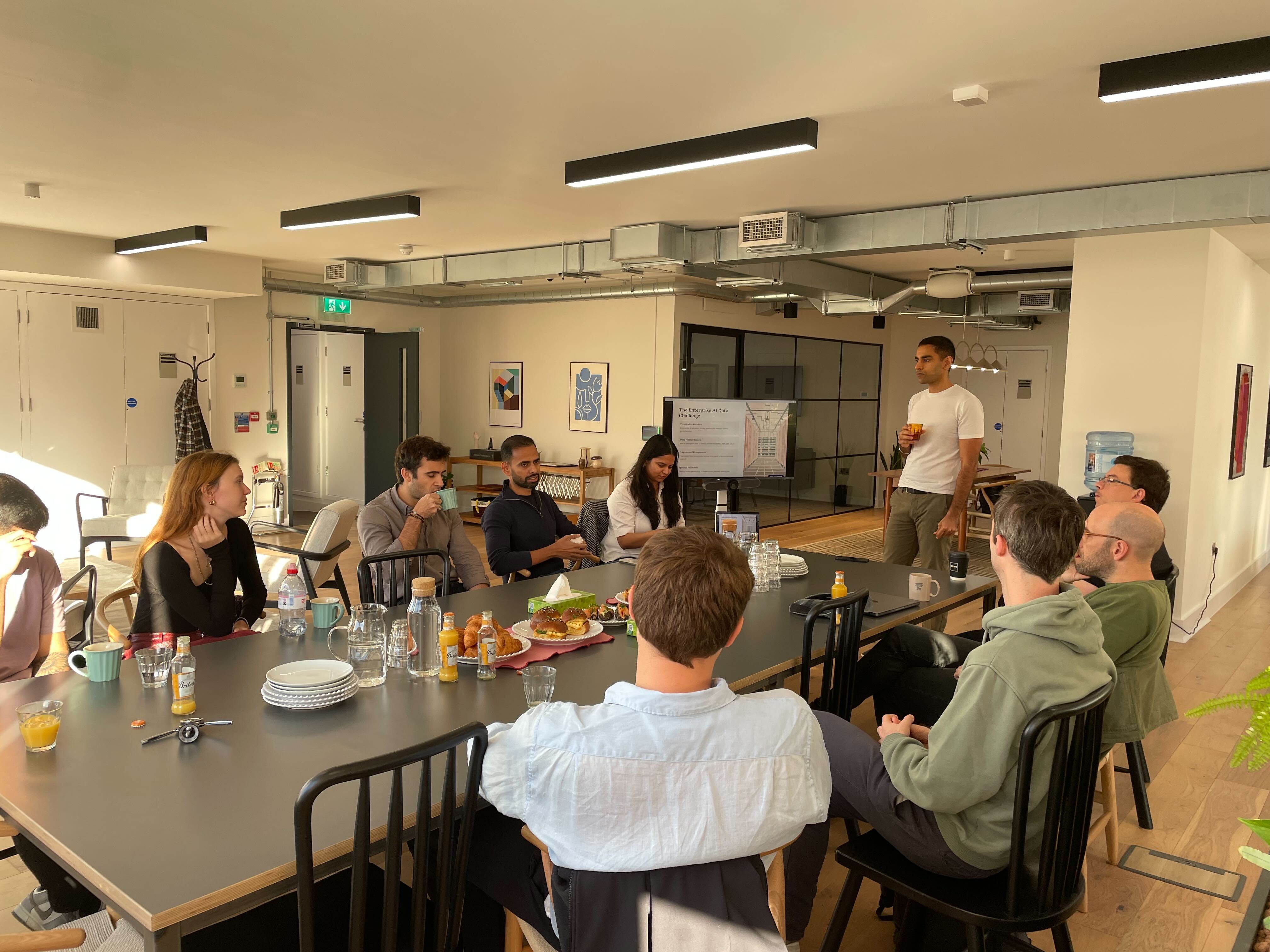Back to perspectives
PERSPECTIVES
Building a GTM Strategy Across Multiple Regions
From market selection frameworks to validation strategies, discover the best practices in international scaling that help startups win.
Jul 28, 2025
4 Min Read
Ecosystem Insights
Share
The International Expansion Challenge
Folley Ogundele from our Catalyst Program knows a lot about international expansion.
Through our monthly exclusive sessions for portfolio companies, we facilitate conversations between founders, functional experts helping them build their companies, and proven operators in our network. This creates a safe space for honest exchange. This time, Folley dropped a daunting startup statistic: 70% of international expansions fail.
With his proven track record across FinTech giants like Stripe, Wise, and Finmid, Folley breaks down how startups can avoid pitfalls and succeed.
"Success rates are low, but the patterns are predictable. Most founders make the same mistakes because they treat expansion as gut decisions rather than systematic processes."

Failure breakdown percentages
Choosing the Right Market: The Eight-Factor Framework
Market selection determines everything that follows. Folley's evaluation framework goes beyond basic market sizing to include eight critical factors: ICP* market size and TAM/SAM*, language and cultural barriers, payment infrastructure, sales cycle similarity, regulatory complexity, competitive landscape, customer acquisition costs, and partner ecosystem strength.
"Where can we win fastest, not just eventually," Folley emphasizes. "Most founders chase the biggest markets first. Smart founders chase the markets where they can build momentum fastest with their current capabilities."
Testing and Validating Market Fit: The Four-Phase Approach
Rather than diving headfirst into new markets, Folley recommends a methodical progression: digital testing, pilot programs, market validation, and full market entry.

Four-phase market validation framework
Digital Testing - Start with localized landing pages and targeted campaigns
Pilot Programs - Secure 5+ pilot customers while managing from headquarters
Market Validation - Implement product localization and formal support processes
Full Market Entry - Scale with dedicated local infrastructure and hiring
"The 90-Day Approach is critical. If a market doesn't show a positive trajectory within 90 days of testing, either pivot your approach or move on."
Structuring GTM Teams: The Hybrid Model
Folley advocates for a hybrid approach that evolves with market maturity. Start HQ-based during market testing phases, especially with high regulatory complexity or limited local talent. Hire local from day one in relationship-driven cultures or when facing significant cultural barriers.

Hybrid GTM team model
The most successful companies transition from HQ-led market validation to local execution pods. This prevents both the risk of cultural misunderstanding and the waste of premature local hiring.
Phase 1 (Months 1-6): HQ-based person validates market fit and establishes processes.
Phase 2 (Months 7-12): Local account executives and country managers with expansion pods.
"Introduce a 'regional pod', not just a single hire. Think one AE, part-time customer success support, and shared resources like marketing."
The Path Forward
Folley encourages founders to think about international expansion as a systemic, measurable process and not a gut-driven gamble.
His four key takeaways provide actionable principles:
Choose markets based on strategic fit, ICP presence, and speed-to-win
Test lean and prove traction before heavy investment
Build pods rather than silos for cross-functional support
Hire based on lifecycle needs rather than organizational charts.
"The most successful companies don't just expand internationally, they expand systematically."
Catalyst program continues to bring together operators like Folley with founders navigating similar challenges, creating the kind of peer learning that transforms startup trajectories from statistics into success stories.
For more expert insights, reach out to Folley via LinkedIn.
* Common abbreviations include:
ICP: Ideal Customer Profile
SAM: Serviceable Addressable Market
SDR: Sales Development Representatives
TAM: Total Addressable Market





